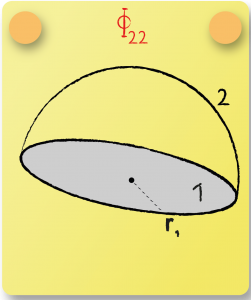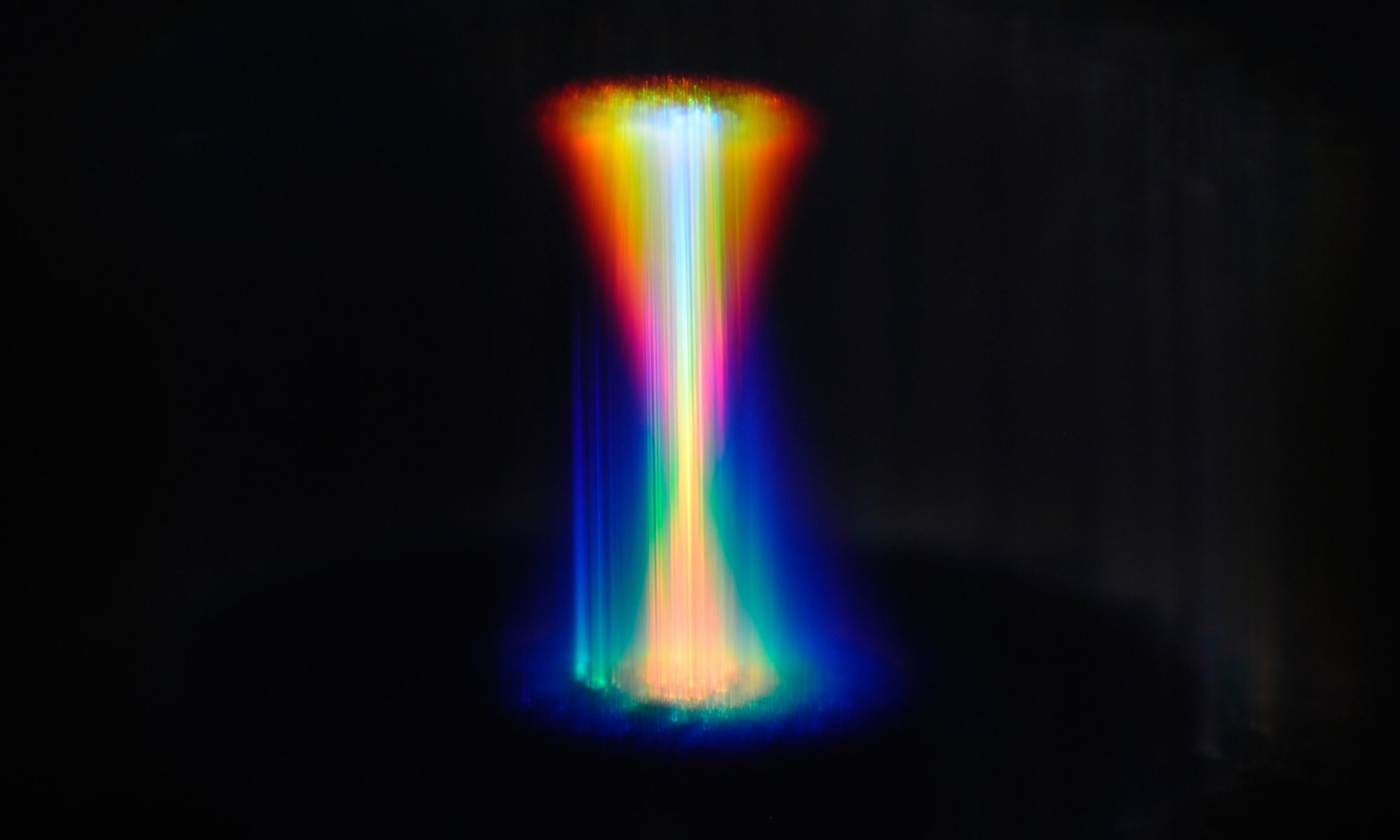View factors describe the proportion of diffuse radiation which leaves a surface and strikes on anotherone. View factors depend on the specific geometry of the problem. For simple cases, these factors can be calculated analytically. HeatQuiz allows practicing this calculation for a number of different two- and threedimensional configurations.
The figure below shows a simple case of a hemisphere (body 2) and a circular plane (body 1).

Obviously, radiation emitted from the body 1 will entirely strike on body 2. Thus, the view factor of body 1 to body 2, denoted as ![]() is equal to one. More comples is to calculate the portion of radiation leaving body 2 and striking on body 1. The reason for the increased complexity is that a part of the radiation will also strike on body 2 itself. As such body 2 is called a self-viewing object.
is equal to one. More comples is to calculate the portion of radiation leaving body 2 and striking on body 1. The reason for the increased complexity is that a part of the radiation will also strike on body 2 itself. As such body 2 is called a self-viewing object.
Two important relations will help us to resolve the problem. First, the superposition rule (or summation rule) which states that the entire radation leaving body two will either strike on body 2 itself or will strike on body 1. There are no other objects involved. Thus:
![]()
The second relation is called the reciprocity theorem that relates the view factor ![]() to the view factor
to the view factor ![]() by the ratio of their respective areas
by the ratio of their respective areas
![]()
Using the reciprcity theorem and the areas ![]() and
and ![]() we can calculate
we can calculate
![]()
Finally, the summation rule provides
![]() .
.
In HeatQuiz, the user has to calculate the view factors and enter the correct value by using the adaptive keyboard. In the figure below, the user should enter the view factor ![]() .
.

